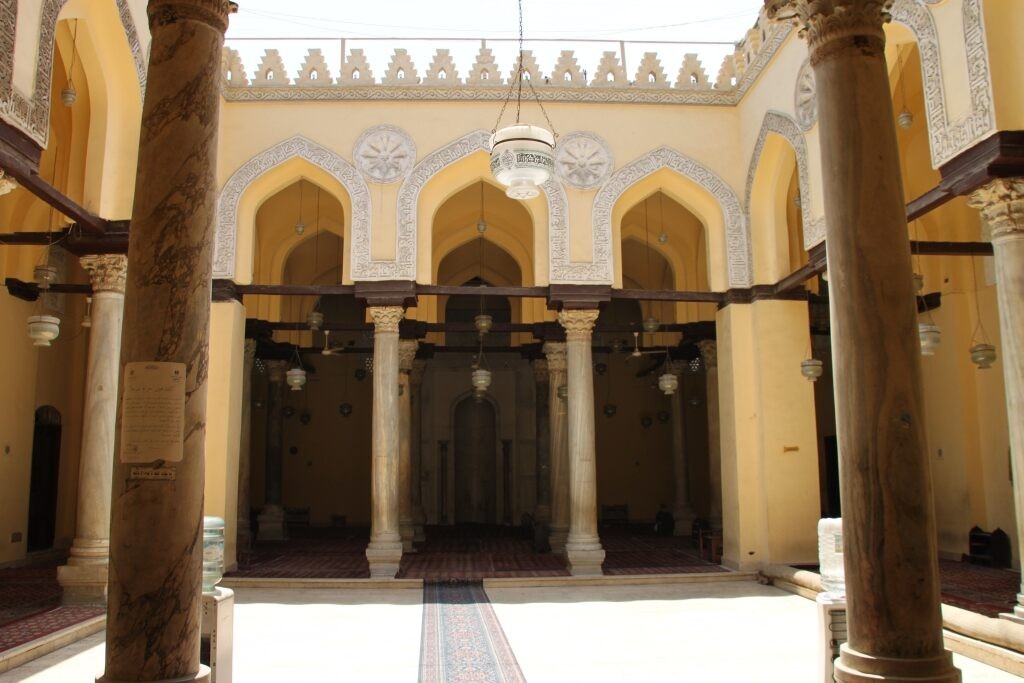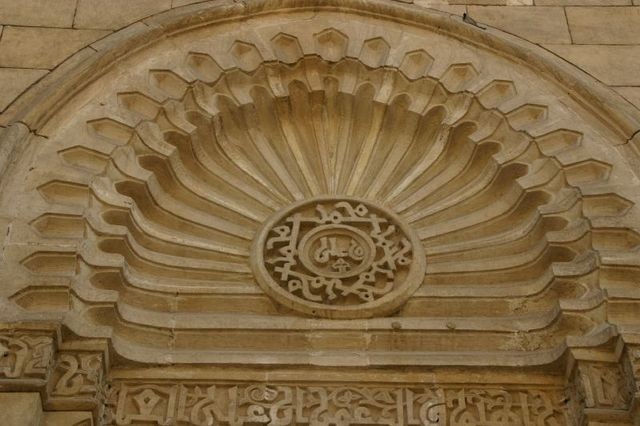Al Aqmar Mosque
Exploring the Magnificent Al Aqmar Mosque
Located in the core of bustling Cairo, Egypt, the Al Aqmar Mosque is a staggering illustration of Islamic design that features the extravagance of the Islamic world's social legacy. Developed in the 12th century during the Fatimid tradition, the mosque has been broadly respected for its extraordinary structural highlights and its broad assortment of Islamic workmanship and curios. In this blog entry, we will reveal the mosque's entrancing history, social importance, and continuous endeavors to safeguard its heritage.
Design of Al Aqmar Mosque
Planned by the prestigious engineer Badr al-Din al-Gamali, the Al Aqmar Mosque grandstands a remarkable mix of customary Islamic plan components and creative methods. The mosque's façade is a genuine show-stopper, embellished with multifaceted carvings, mathematical examples, and Quranic engravings, all created from warm limestone.
Inside, the mosque flaunts an extensive prayer hall, a lavish mihrab, and intricately cut wooden screens. Numerous yards encompass the mosque, fixed with arcades and specked with wellsprings and vegetation, making a tranquil and peaceful climate.

Valuable Collections of Al Aqmar Mosque
The mosque houses a striking assortment of Islamic craftsmanship and relics that mirror the extravagance and variety of the Islamic world's social legacy. The assortment incorporates calligraphy, pottery, metalwork, materials, and gems, all fastidiously safeguarded and shown in the mosque's gallery.
Of exceptional note is the assortment of Islamic calligraphy, which grandstands intriguing instances of early Islamic content from the ninth and tenth hundreds of years. The mosque's clay assortment includes bowls, plates, and containers decorated with complicated examples and plans, each with its own exceptional story to tell.

Significance of Al Aqmar Mosque
The Al Aqmar Mosque has for some time been a huge community for strict and social exercises in Egypt, facilitating displays, shows, and talks on Islamic craftsmanship and design. The mosque's creative way to deal with Islamic engineering and configuration has affected different foundations in Egypt and the locale.
Regardless of difficulties connected with urbanization and improvement, endeavors to save and advance the social tradition of the Al Aqmar Mosque proceed. Reclamation projects, archeological unearthings, and comprehensive developments have been attempted to guarantee the mosque's heritage is kept up with and celebrated.
End
The Al Aqmar Mosque remains as a striking demonstration of the Islamic world's commitments to workmanship, design, and culture. With its outstanding engineering and cherished assortments, the mosque stays a living tradition of the Islamic world's rich social legacy. A visit to the Al Aqmar Mosque is a remarkable encounter that ought to be on each voyager's schedule while visiting Cairo, Egypt.